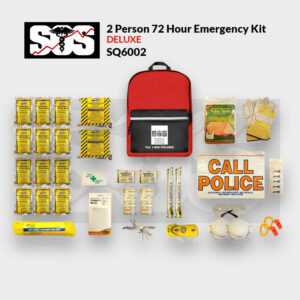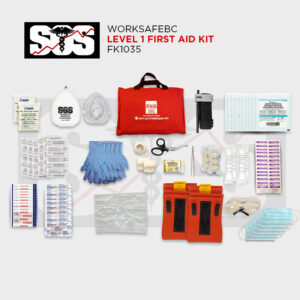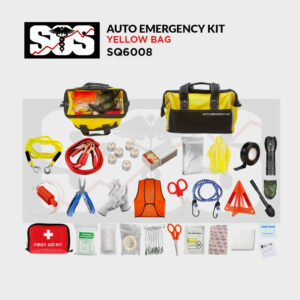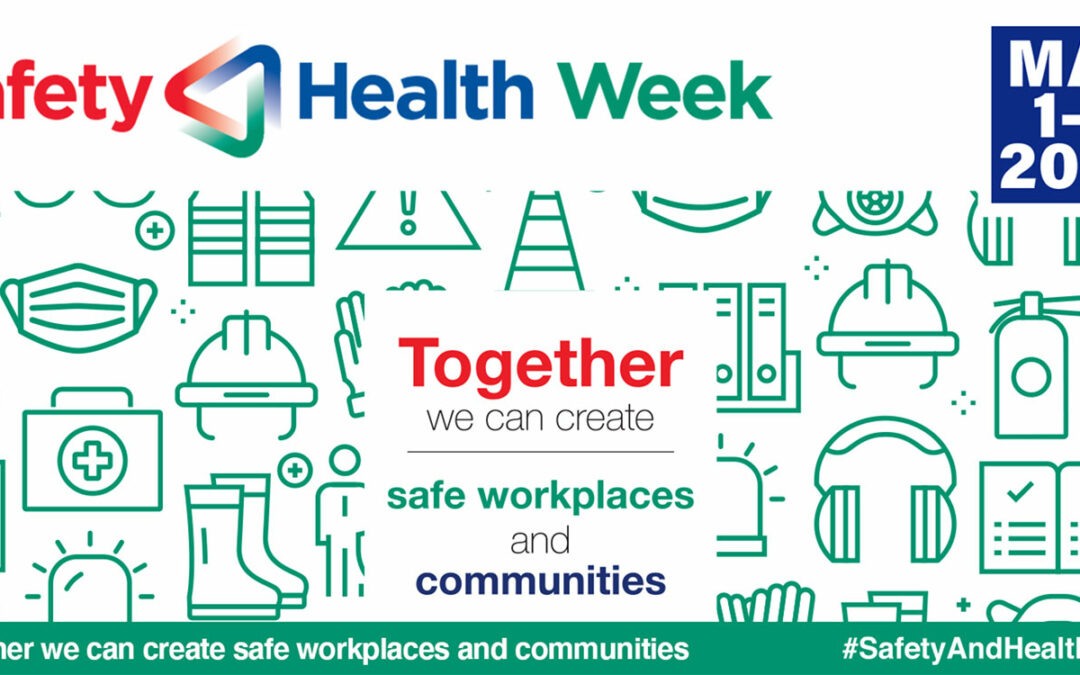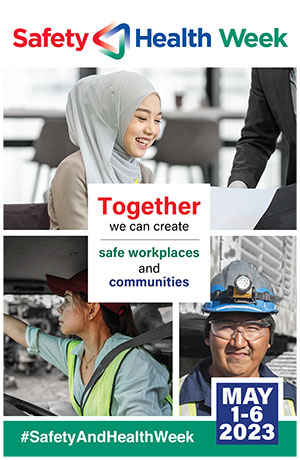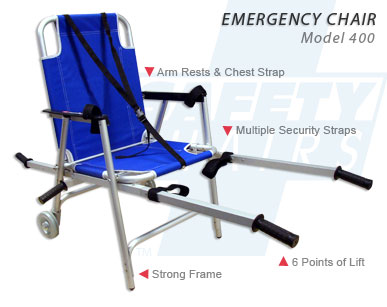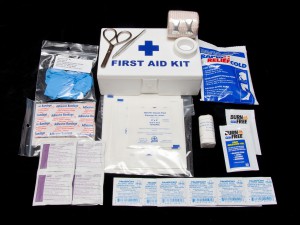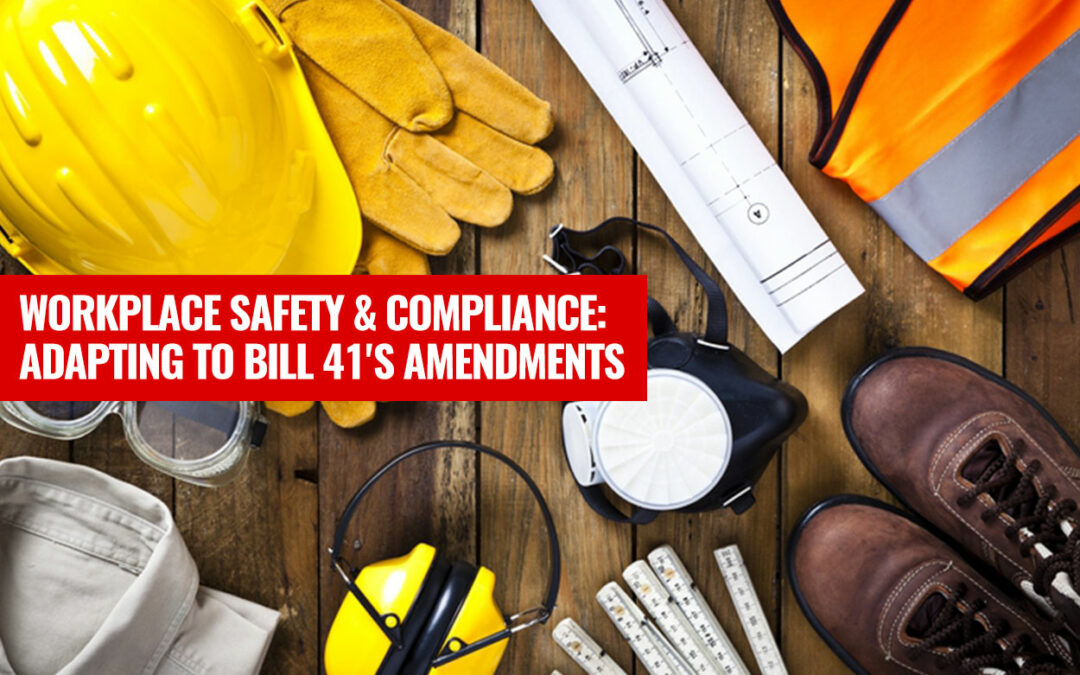
Workplace Safety & Compliance: Adapting to Bill 41’s Amendments
Workplace Safety & Compliance: Adapting to Bill 41’s Amendments
Understanding Bill 41’s Impact on Workplace Safety
Bill 41 Amendment, a critical amendment to the Workers Compensation Act in British Columbia, is set to revolutionize workplace safety and compliance. Effective from January 1, 2024, this legislation imposes a dual duty on employers and workers: the duty to cooperate for a timely and safe return to work, and for certain employers, a duty to maintain employment for injured workers.
The Dual Duties Defined
Duty to Cooperate: This duty necessitates a concerted effort from both workers and employers, alongside WorkSafeBC, to facilitate a safe and prompt return to work post-injury. It involves identifying suitable tasks for the injured worker and ensuring ongoing communication.
Duty to Maintain Employment: Applicable to employers with a workforce of 20 or more, this duty requires maintaining an injured worker’s employment, given they have been employed for at least a year prior to the injury.
Timeline and Retroactivity of the Bill 41 Amendments
Effective Date: The duties come into force on January 1, 2024.
Retroactive Application: The duty to cooperate applies to injury claims dating up to two years before the effective date, while the duty to maintain employment concerns claims up to six months prior.
Employer Obligations and Compliance
- Offer pre-injury or comparable work to fit workers.
- Provide the first suitable alternative if the pre-injury job is unfeasible.
- Make necessary workplace adjustments, barring undue hardship.
Non-Compliance Consequences: Penalties and administrative actions await non-compliant employers, emphasizing the importance of adhering to the new regulations.
Benefits of Adherence to Bill 41 Amendments
- For Workers: Safeguards income, job security, and health.
- For Employers: Promotes a stable, efficient, and safe workplace environment.
- For the Economy: Enhances overall workforce productivity and reduces the financial strain on the healthcare system.
Consultation and Feedback Mechanisms
Extensive consultations with stakeholders have shaped these policies. Employers can participate in information sessions and submit inquiries to understand their new obligations fully.Implementation Strategies for Employers
- Policy Review and Update: Employers should revise their workplace policies to align with Bill 41.
- Training Programs: Implement training for staff and management on the new duties.
- Communication Channels: Establish clear communication lines for injury reporting and return-to-work coordination.
Embracing the changes brought by the Bill 41 Amendments is not just a legal requirement but a strategic move towards fostering a safer, more resilient, and inclusive workplace. By complying with these duties, employers not only adhere to the law but also contribute to a healthier, more productive workforce, ultimately benefiting their business and the broader economy.
For more information go to: WorkSafeBC.com

